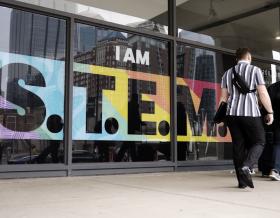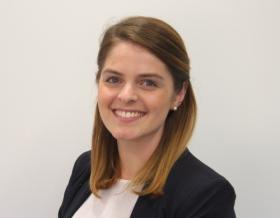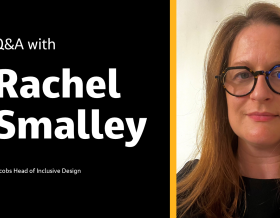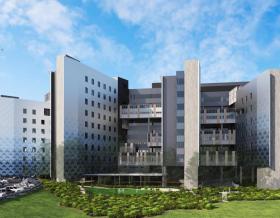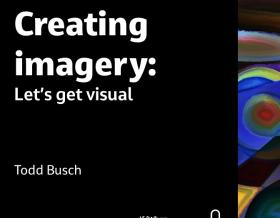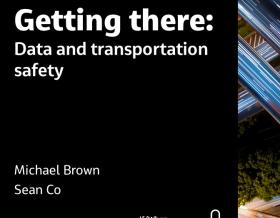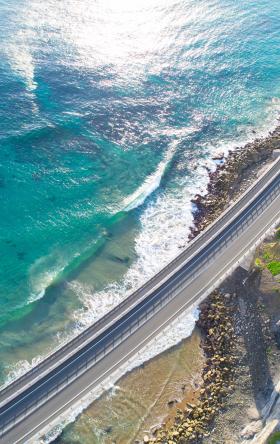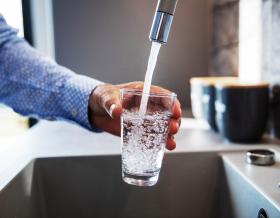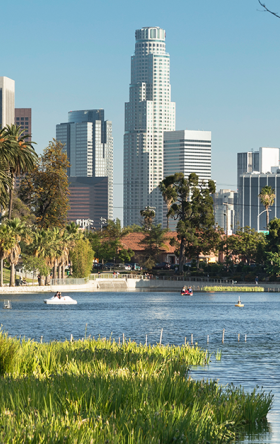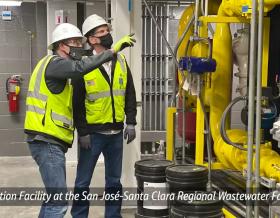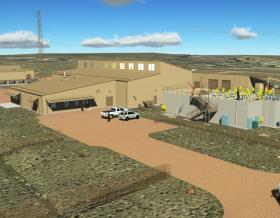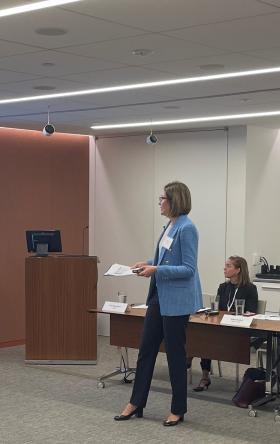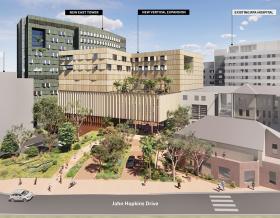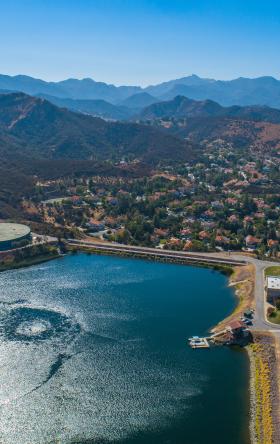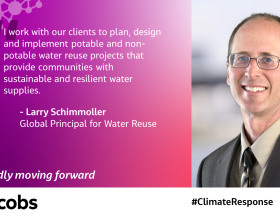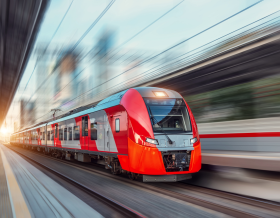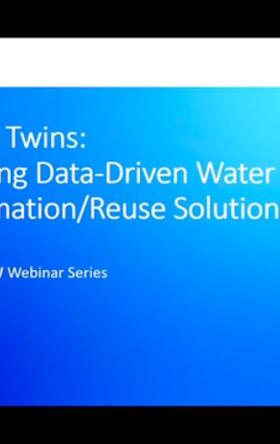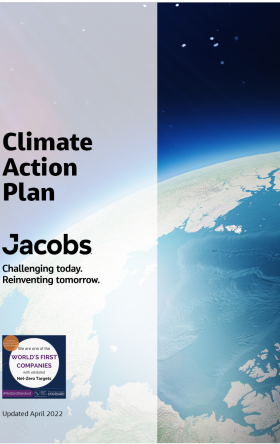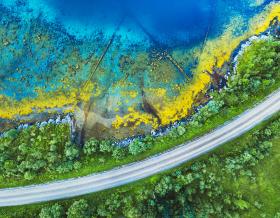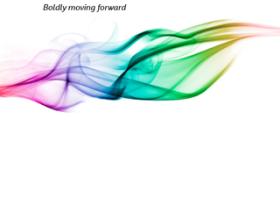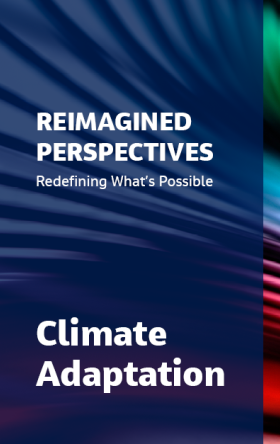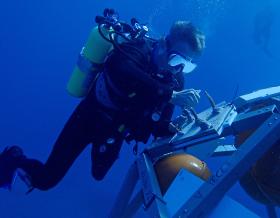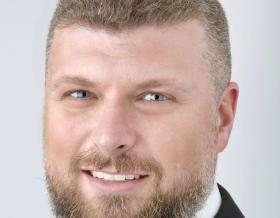

de5ign
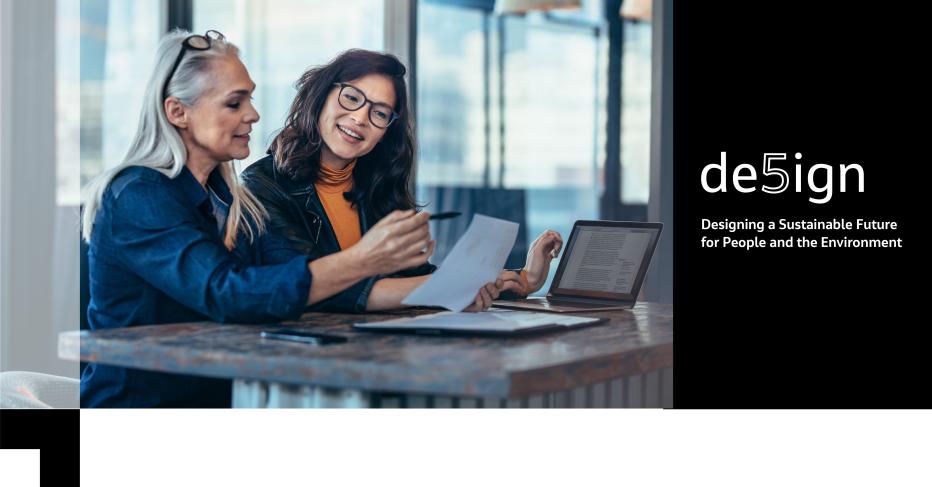
What if we could provide solutions that improves the health and wellbeing of workers, increases the productivity of our design teams, has a positive effect on the environment, while adding value to our Clients through reduced costs over the lifecycle of a project?
At Jacobs we are Challenging Today. Reinventing Tomorrow.
As a solutions based company we have always had Health, Safety and the Environment (HSE) at the heart of our business. Our passion for safety and our courage to care for one another and our environment inspires mutual respect. We believe that when we apply the fundamental principles of BeyondZero (i.e. our culture of caring) and PlanBeyond (i.e. our global sustainable business strategy), to our design outputs, we can deliver solutions that benefit HSE, over the whole asset lifecycle of our projects.
de5ign (pronounced ‘five in design’) incorporates the fundamental principles of BeyondZero and PlanBeyond into our design process, to leave a lasting positive legacy of Jacobs’ involvement on the project, to benefit both people and the environment.

-
Sustainability in design
Enables positive ESG design practices to meet the requirements of our climate action plan and both our environmental management and sustainability commitment statements.
-
Informed decision making
Drives an upward curve of positive designer behavior, for every project, to benefit people and the environment.
-
Whole asset lifecycle
Early identification of whole lifecycle design hazards to positively impact cost, quality and program outcomes for our clients from construction through to operation, maintenance and final decommissioning/demolition of the asset.
Introduction to de5ign

The greatest opportunity to eliminate or reduce risk to people and the environment lies with the designer.
de5ign combines emerging best practice from global safety in design legislation and sustainable design practices with guidance from academic research, professional bodies, the United Nations, the World Health Organization and the International Labour Organization, into a practical, behavioral based, design management process, by placing particular emphasis on the responsibility of designers and the impact that their design decisions have on people and the environment over the whole lifecycle of the asset, considering the following:
Health in design: The impact of design decisions on how it can positively (or negatively) affect the health of construction workers and end users:
- Occupational Disease: Reduce occupational diseases and cancers caused by the work environment or work-related activities.
- Mental Health and Wellbeing: Considers design to benefit the mental health and wellbeing of all persons who will interact with the asset over its design life.
Safety in design: Design hazard mitigation and design decisions taken on the selection of materials and equipment, construction sequencing, arrangements, methodologies etc which can positively (or negatively) impact the asset’s whole lifecycle on people.
Environment in design: The impact of how the design and procurement of assets can positively (or negatively) affect the environment, climate change and sustainability:
- Environment: Reducing risk to people and the environment, leaving a lasting and positive legacy by (1) ensuring compliance with legislative and regulatory requirements as a minimum, (2) protecting and enhancing the local environment and (3) preventing pollution.
- Climate: Driving the rapid decarbonization of built environment assets and the supply chain, while also accelerating the essential shift to a zero-carbon economy, where every project is a climate response opportunity.
- Sustainability: Ensuring long-term resilience while positively contributing toward the economy, society and the environment.
de5ign podcast
How can designers help and hinder constructors? Watch the podcast recording to find out. Featuring:
Yvonne Lynam - HSE Director, Advanced Facilities, Jacobs
Stephen Anderson - Process Division Director, Jones Group
Jason Casey - Deputy MD, Ardmac


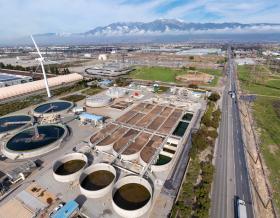
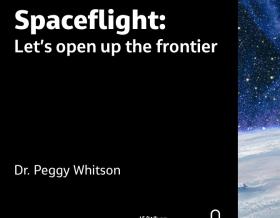
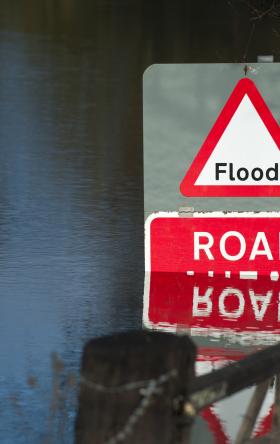
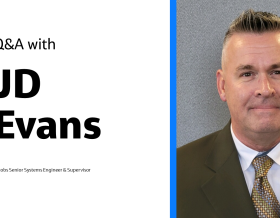
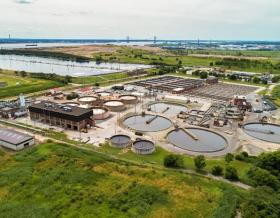
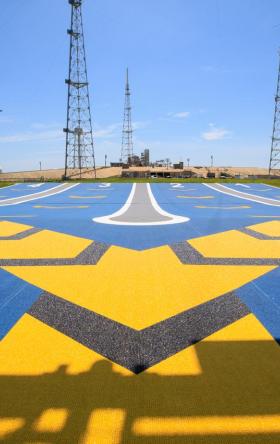

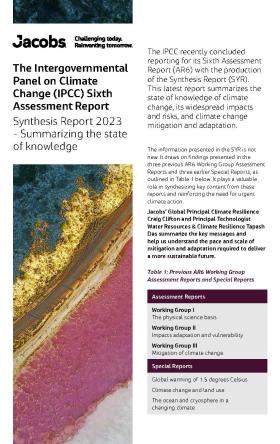
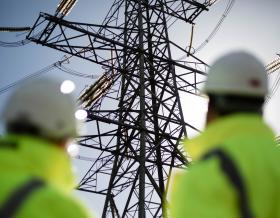
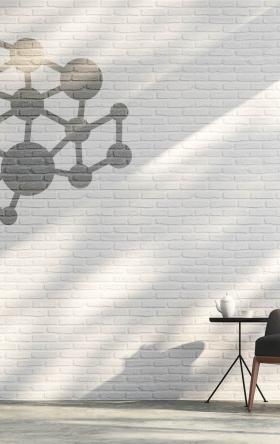
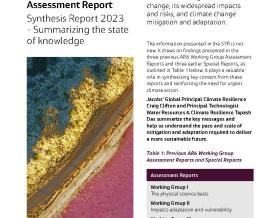
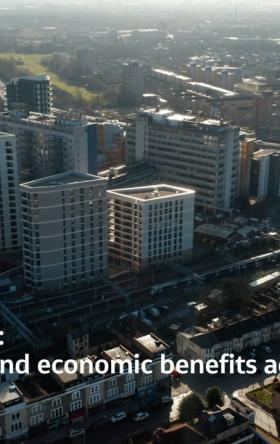

0384.png?h=1314d3d4&itok=Y1L1T7PN)
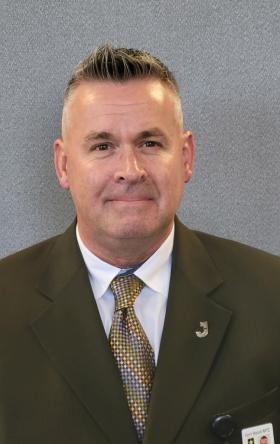
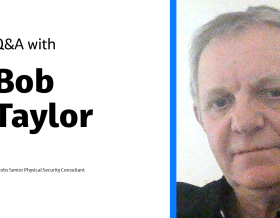
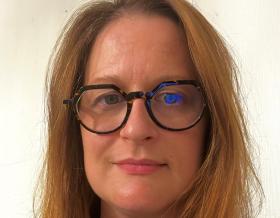
%20(twitter%20post)830c.png?h=12d14269&itok=kiNWcEcX)
